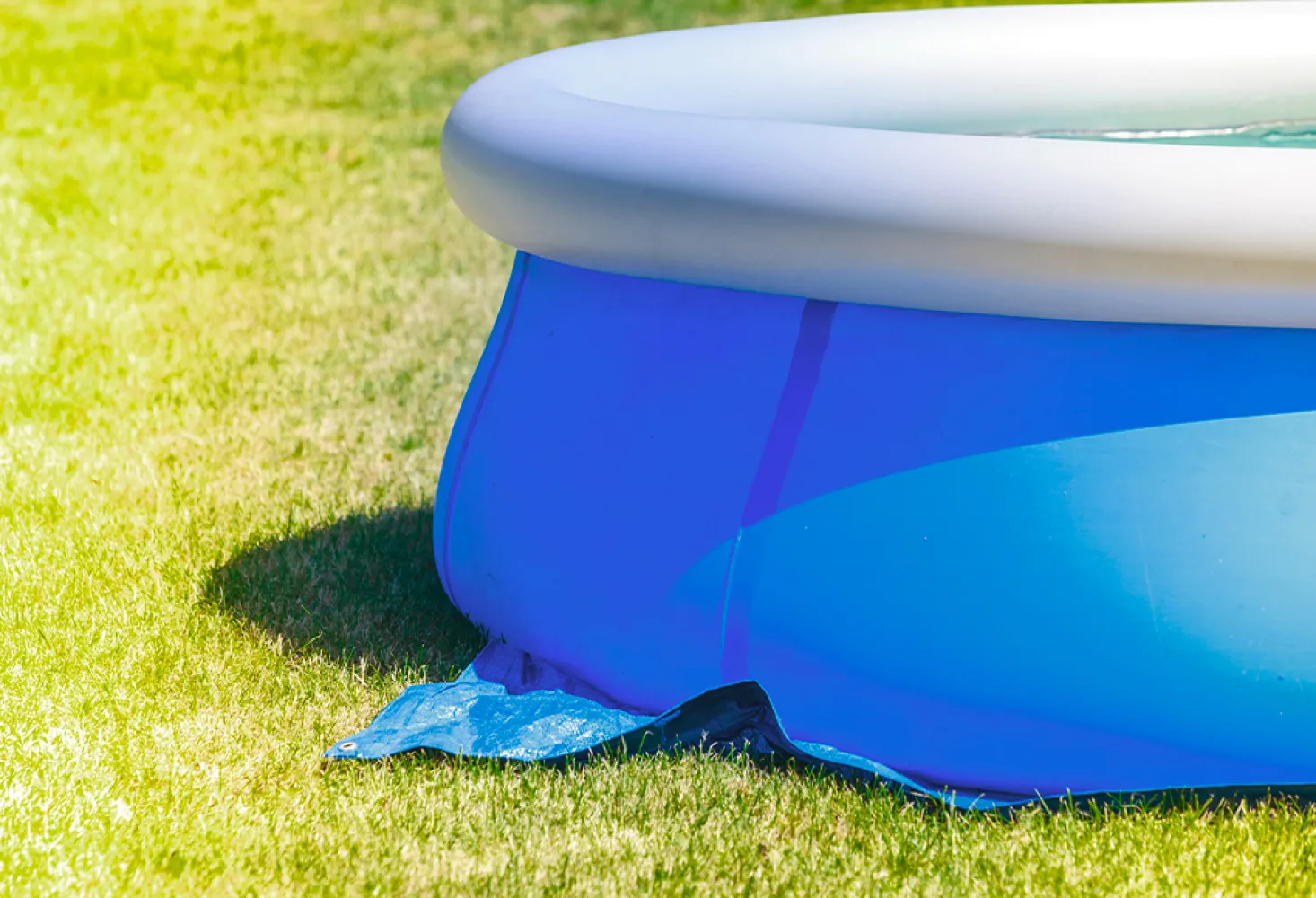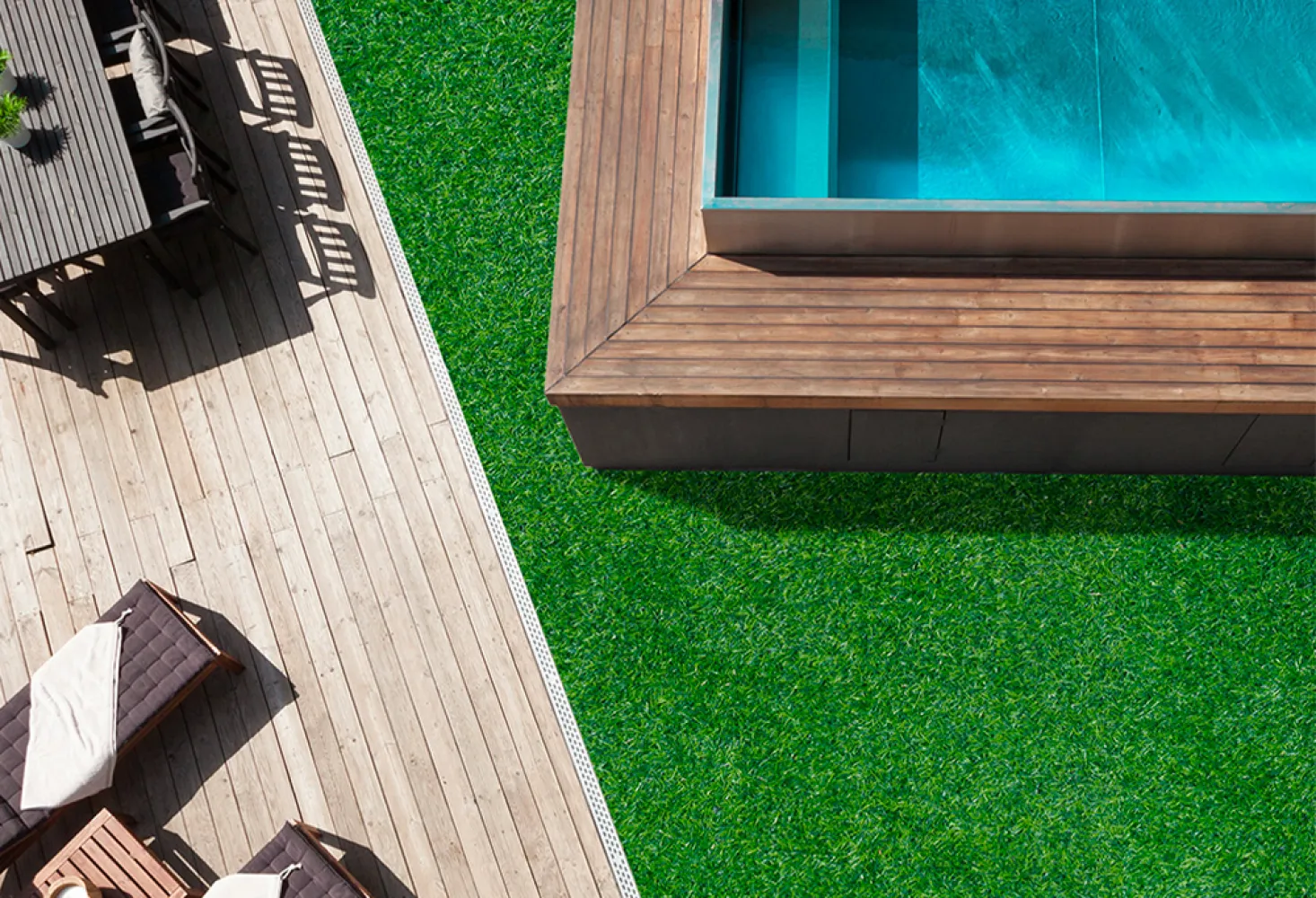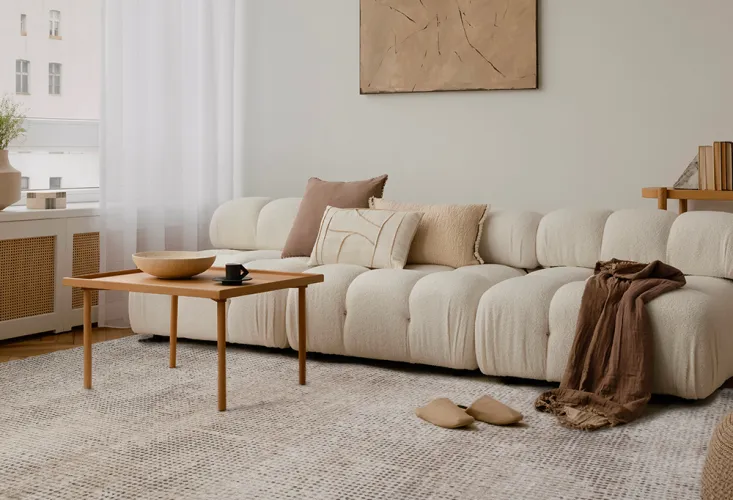
UNDER-POOL CARPET: WHICH ONE TO CHOOSE?
What should you put under your above-ground swimming pool to avoid ruining it irreparably?
The possibilities are endless (or almost) and in this article we will give you all the information you need to choose the one that best suits your needs.
Tired of the long Sunday queues to super-crowded seaside resorts?
Public swimming pools are a great alternative to save time, patience and even money. However, if you can't wait for the weekend to come so you can enjoy some time in peace, even this solution may not be for you, amidst the enthusiasm of lots of children, the call of apprehensive mums and a few lifeguards with a DJ-set vocation.
The best place to relax in privacy and at no cost is undoubtedly your own home.
Why not buy an above-ground pool? There is nothing better to fight the sultry summer days if you have the space to place it.
Although there is no shortage of space, the question is still: where should I put it?
What is best to put under an above-ground pool? Which under-pool mat is suitable for my needs and, above all, why is it so important to use one?
Let's see together!

What an under-pool mat is for
Have you ever wondered how much an above-ground pool filled with water can weigh? Perhaps you have never been interested until now, but you only have to think back to some basic science you learnt at school to remember that a litre of water weighs 1 kg. Depending on the capacity of your new pool, it will be easy to calculate the weight, and we can assure you that it will not be "peanuts".
If you now think about the material that usually makes up above-ground pools (PVC or rubber), you can easily understand that the weight of the water combined with a ground or floor that is not perfectly smooth could irreparably ruin the bottom of the pool.
The under-pool mats, therefore, serve first and foremost to protect the pool itself. Preventing it from getting holes, cuts or deformations is essential if you want it to last.
Another reason why choosing to use an under-pool mat is not only a responsible but also a 'smart' choice, is the comfort side. If you decided to place your pool on a concrete base, placing a soft base underneath would not only ensure greater safety in the event of a collision, but also provide a cushioning and relaxing effect.

Where to place an above-ground pool
As mentioned earlier, a good choice would be to place your new above-ground pool on a concrete foundation. This is because it would provide an already perfectly levelled, smooth and stable foundation. The only disadvantage is the hard surface, but it can be perfectly adjusted with the use of asoft under-pool mat.
Another choice, perhaps the most common, is to place your above-ground pool on the lawn.
In this case, you must keep in mind that you are placing it on a "living" surface, which can change over time. If you have a beautiful garden, we know that you will not like the idea of removing all the grass in the pool area. Once the pool is removed, your garden may resemble a landing strip for UFOs, it has happened to everyone.
However, cleaning the garden of grass and weeds and levelling it as much as possible by recreating a flat surface is essential to ensure stability for the pool. Next, look around: are there trees? If so, avoid placing your pool close to them: the roots could move and grow underground and end up right under your home oasis.
In the case of grass, using a sheet or mat under the pool, even if the base is already soft and welcoming, is important to prevent vegetation from growing back and to prevent water or rain from creating a pond effect at the base of the pool itself.

What kind of carpet to put under the pool
Let's get down to brass tacks and see which are the most commonly used underlays for above-ground pools:
- Polyethylene underlays: thin, inexpensive, can be shaped as desired, perfect for placement in the garden. Their only drawback is their durability, as they are very thin and not extremely resistant to sun exposure and wetness. However, you can always opt to purchase several sheets and use them overlapping.
- Modular under-pool mats: good thickness, soft, can be purchased made to measure, perfect for any positioning. Resistant to trampling, durable and easy to lay, hygienic and mould-resistant, they prove to be the most versatile choice. They have no particular contraindications, it is only necessary to consider beforehand the most suitable thickness, which can be higher in the case of laying on a base and reduced in the case of laying on grass. The ideal thickness is no more than one centimetre.
- Synthetic draining grass: variable thickness, made to measure, ideal for hard bases, excellent aesthetic result and anti-mould. The cons? It depends on the quality, i.e. the thickness of the turf, however, synthetic grass is generally the least economical solution on the market. The main risk here is to end up buying the least expensive and end up with a 'fish net' effect in a short time. If you choose synthetic grass as your pool mat, therefore, it is worth going for medium-high quality and a thickness of at least 6/7 mm in order to make a considered and long-lasting purchase.
All clear? We bet you can't wait to get the solution that best suits your needs and dive into your pool, immerse your body and mind in the water and enjoy some healthy relaxation.
We recommend that you keep in mind the above considerations: you don't want to make a 'hole in the water'!


